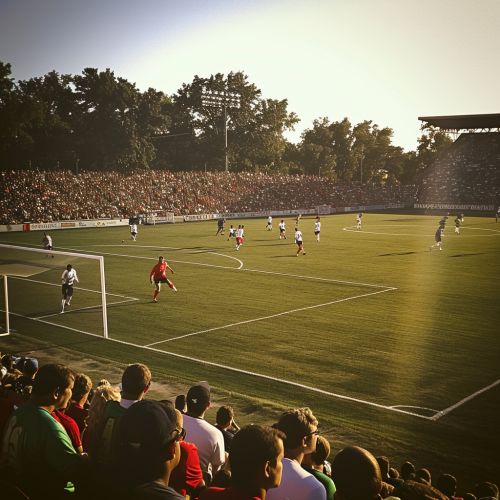Copa América
History
The Copa América, also known as the South American Football Championship, is the oldest international continental football competition. The tournament was first held in 1916 in honor of the 100th anniversary of Argentina's independence, with the participating countries being Argentina, Brazil, Chile, and Uruguay. The competition was initially sporadic, with tournaments held at irregular intervals. It was only in 1975 that the competition was named Copa América and took on a regular format.
Format
The Copa América format has undergone several changes since its inception. The early tournaments involved only four teams, but this number gradually increased to include more South American nations. As of 1993, the tournament consists of 12 teams - the ten members of CONMEBOL (South American Football Confederation) and two guest teams, usually from CONCACAF (Confederation of North, Central American and Caribbean Association Football). The teams are divided into three groups of four, and play a round-robin tournament. The top two teams from each group, along with the two best third-place teams, advance to the quarterfinals. The tournament then proceeds in a knockout format.
Notable Tournaments
The Copa América has seen many memorable tournaments. The 1959 tournament in Ecuador, for instance, is remembered for the exceptional performance of Brazil's Pelé, who scored eight goals, leading his team to victory. The 2001 tournament in Colombia was notable for being the first Copa América held in a country at war, and for the host nation's victory despite the difficult circumstances.
Records and Statistics
Uruguay holds the record for the most Copa América titles, with 15 victories. Argentina follows closely with 14 titles. The player with the most goals in the tournament's history is Argentina's Norberto Méndez and Brazil's Zizinho, both with 17 goals. The most recent tournament, held in 2021, was won by Argentina.
Impact and Legacy
The Copa América has played a significant role in the development of football in South America. It has provided a platform for South American teams to compete against each other on a regular basis, thereby raising the standard of football in the continent. The tournament has also helped to foster a sense of regional identity and rivalry, which has contributed to the global popularity of South American football.
See Also


